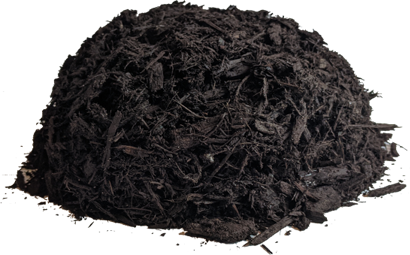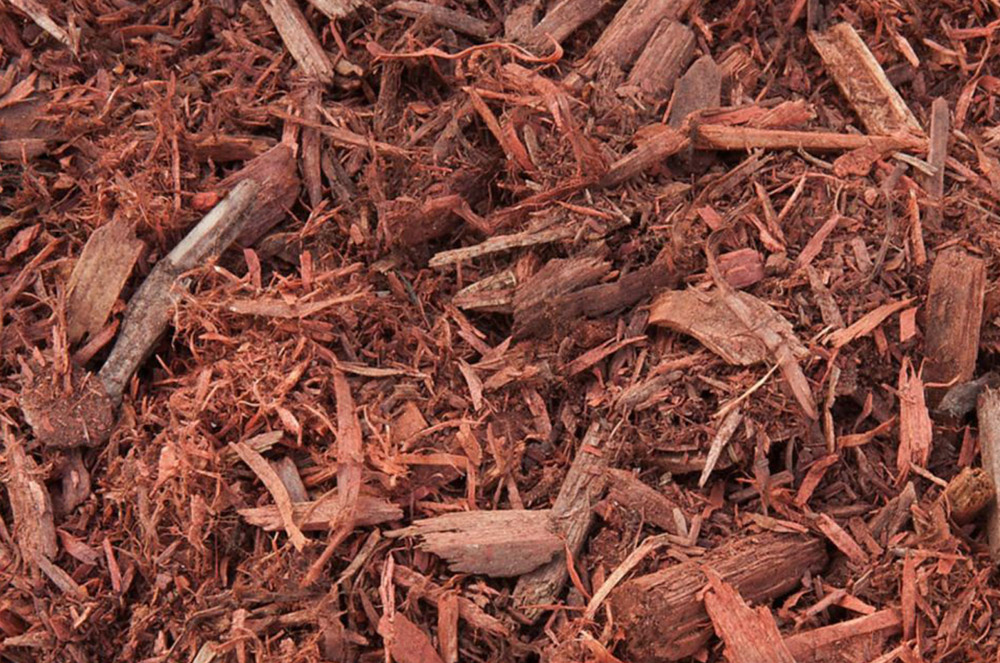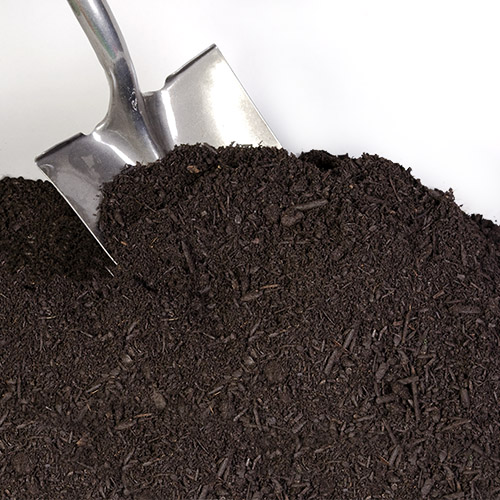Dark Bark Mulch: The Perfect Way To Add Drama To Your Landscape
Dark Bark Mulch: The Perfect Way to Add Drama to Your Landscape
Mulch is a great way to add beauty and functionality to your landscape. It can help to suppress weeds, retain moisture, and improve the overall appearance of your plants. Dark bark mulch is a particularly versatile option that can add a touch of drama and sophistication to any setting.
In this blog post, we will discuss the many benefits of using dark bark mulch in your landscape. We will also provide tips on how to choose the right type of dark bark mulch for your needs and how to install it properly.
Benefits of Dark Bark Mulch
- Dark bark mulch is visually appealing. The rich, dark color of dark bark mulch can add a touch of drama and sophistication to any landscape. It can also help to make your plants stand out and look their best.
- Dark bark mulch helps to suppress weeds. The thick layer of mulch creates a barrier that prevents weeds from getting sunlight and water. This can save you time and money on weeding.
- Dark bark mulch helps to retain moisture. The organic matter in dark bark mulch helps to hold in moisture, which can help your plants to thrive. This is especially beneficial in areas with hot, dry summers.
- Dark bark mulch helps to improve soil drainage. The loose texture of dark bark mulch helps to improve soil drainage, which can help to prevent root rot and other plant diseases.
- Dark bark mulch is a natural fertilizer. As dark bark mulch breaks down, it releases nutrients into the soil, which can help to feed your plants.
How to Choose the Right Dark Bark Mulch
There are a few things to keep in mind when choosing dark bark mulch for your landscape. First, consider the size of your project. If you are only mulching a small area, you may be able to get away with using a bagged product. However, if you are mulching a larger area, you will need to buy dark bark mulch in bulk.
Second, consider the type of plants you are mulching. Some plants, such as hydrangeas, prefer acidic soil. If you are mulching these types of plants, you will need to choose a dark bark mulch that is specifically designed for acidic soils.
Finally, consider your budget. Dark bark mulch can be more expensive than other types of mulch. However, it is a long-lasting investment that can save you money in the long run.
How to Install Dark Bark Mulch
Installing dark bark mulch is a relatively simple process. First, clear the area where you will be applying the mulch of any debris. Then, spread the mulch evenly over the area, making sure to leave a few inches of space between the mulch and the base of your plants. Finally, water the mulch thoroughly.
Tips for Using Dark Bark Mulch
- Dark bark mulch can be used in a variety of settings, including flower beds, vegetable gardens, and around trees and shrubs.
- For best results, apply dark bark mulch in a layer that is 2-4 inches thick.
- Dark bark mulch can be refreshed every year or two to maintain its appearance.
- Dark bark mulch can be used in conjunction with other landscaping materials, such as stones, pavers, and fencing.
Conclusion
Dark bark mulch is a versatile and attractive option for adding drama and sophistication to your landscape. It is easy to install and maintain, and it can offer a number of benefits for your plants. If you are looking for a way to improve the look and health of your landscape, dark bark mulch is a great choice.
If you're looking for a dark and attractive mulch that can also protect your plants and soil, then dark bark mulch is a great option. It's made from the bark of trees like pine, fir, and cedar, which gives it a rich, dark color that can add depth and contrast to your landscape. Dark bark mulch also has a number of other benefits, including:
- Helping to retain moisture in the soil, which can help your plants stay healthy and hydrated during hot, dry weather.
- Reducing weed growth, as the mulch layer makes it difficult for weeds to germinate and grow.
- Improving drainage, as the mulch helps to break up compacted soil and allow water to flow more freely.
- Providing aeration, as the mulch helps to increase the amount of oxygen in the soil.
- Adding nutrients to the soil, as the bark mulch breaks down over time and releases nutrients into the soil.
If you're interested in learning more about dark bark mulch, I recommend visiting Garden Wiki. This website has a wealth of information on all types of mulch, including dark bark mulch. You can read about the benefits of dark bark mulch, see photos of different types of dark bark mulch, and find out where to buy dark bark mulch in your area.
FAQ of dark bark mulch
- What is dark bark mulch?
Dark bark mulch is a type of mulch made from the bark of trees, such as pine or cedar. It is often used in landscaping because it is attractive, helps to retain moisture in the soil, and discourages weeds.
- What are the benefits of using dark bark mulch?
Dark bark mulch offers a number of benefits, including:
- Attractiveness: Dark bark mulch is a natural and attractive way to add color and texture to your landscape.
- Moisture retention: Dark bark mulch helps to retain moisture in the soil, which can help your plants to thrive.
- Weed suppression: Dark bark mulch blocks sunlight, which helps to suppress weeds.
- Soil improvement: As dark bark mulch breaks down, it adds organic matter to the soil, which can help to improve drainage and fertility.
- Pest and disease control: Dark bark mulch can help to repel pests and diseases.
- How much dark bark mulch should I use?
The amount of dark bark mulch you need will depend on the size of the area you are mulching. A general rule of thumb is to apply a layer of dark bark mulch that is 2-4 inches thick.
- How often should I reapply dark bark mulch?
You will need to reapply dark bark mulch every year or two, as it will break down over time. You may need to reapply it more often if you live in an area with heavy rainfall or if you have a lot of foot traffic in your mulched areas.
- What are some tips for using dark bark mulch?
Here are a few tips for using dark bark mulch:
- Avoid using dark bark mulch in areas where it will come into direct contact with the stems of plants, as this can cause the stems to rot.
- If you are using dark bark mulch around trees, make sure to keep it at least 6 inches away from the trunk of the tree.
- Dark bark mulch can attract termites, so if you live in an area where termites are a problem, you may want to choose a different type of mulch.
- Dark bark mulch can be a fire hazard, so it is important to keep it away from any heat sources.
Image of dark bark mulch
5 different images of dark bark mulch from Pinterest:
- Black Walnut Bark Mulch
 This type of mulch is made from the bark of black walnut trees, which has a dark brown or black color. It is a good choice for gardens in areas with hot summers, as it helps to retain moisture in the soil.
This type of mulch is made from the bark of black walnut trees, which has a dark brown or black color. It is a good choice for gardens in areas with hot summers, as it helps to retain moisture in the soil. - Red Cedar Bark Mulch
 This type of mulch is made from the bark of red cedar trees, which has a reddish-brown color. It is a good choice for gardens in areas with cold winters, as it helps to insulate the soil and protect plants from frost damage.
This type of mulch is made from the bark of red cedar trees, which has a reddish-brown color. It is a good choice for gardens in areas with cold winters, as it helps to insulate the soil and protect plants from frost damage. - Eucalyptus Bark Mulch
This type of mulch is made from the bark of eucalyptus trees, which has a dark gray or black color. It is a good choice for gardens in areas with dry climates, as it helps to retain moisture in the soil and suppress weed growth.
- Dark Chocolate Bark Mulch
 This type of mulch is made from a mix of different types of bark, including black walnut, red cedar, and eucalyptus. It has a dark brown or black color with a slightly chocolatey scent. It is a good choice for gardens in a variety of climates.
This type of mulch is made from a mix of different types of bark, including black walnut, red cedar, and eucalyptus. It has a dark brown or black color with a slightly chocolatey scent. It is a good choice for gardens in a variety of climates. - Black Forest Bark Mulch
 This type of mulch is made from the bark of Douglas fir trees, which has a dark brown or black color. It is a good choice for gardens in areas with hot summers and cold winters. It helps to retain moisture in the soil and suppress weed growth.
This type of mulch is made from the bark of Douglas fir trees, which has a dark brown or black color. It is a good choice for gardens in areas with hot summers and cold winters. It helps to retain moisture in the soil and suppress weed growth.
Post a Comment for "Dark Bark Mulch: The Perfect Way To Add Drama To Your Landscape"